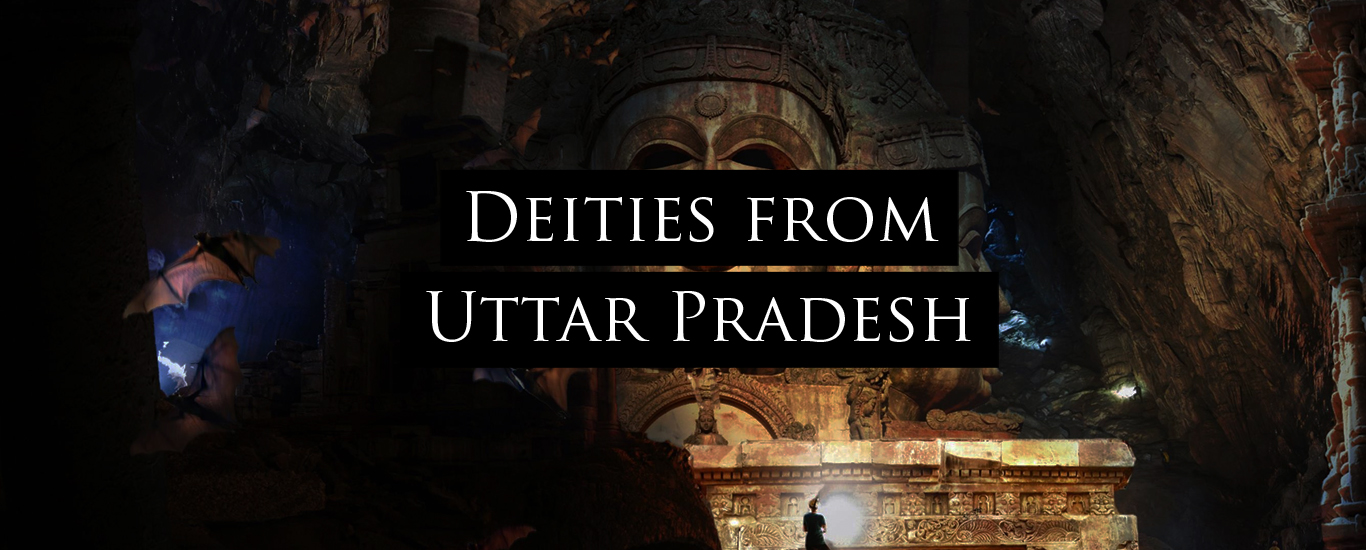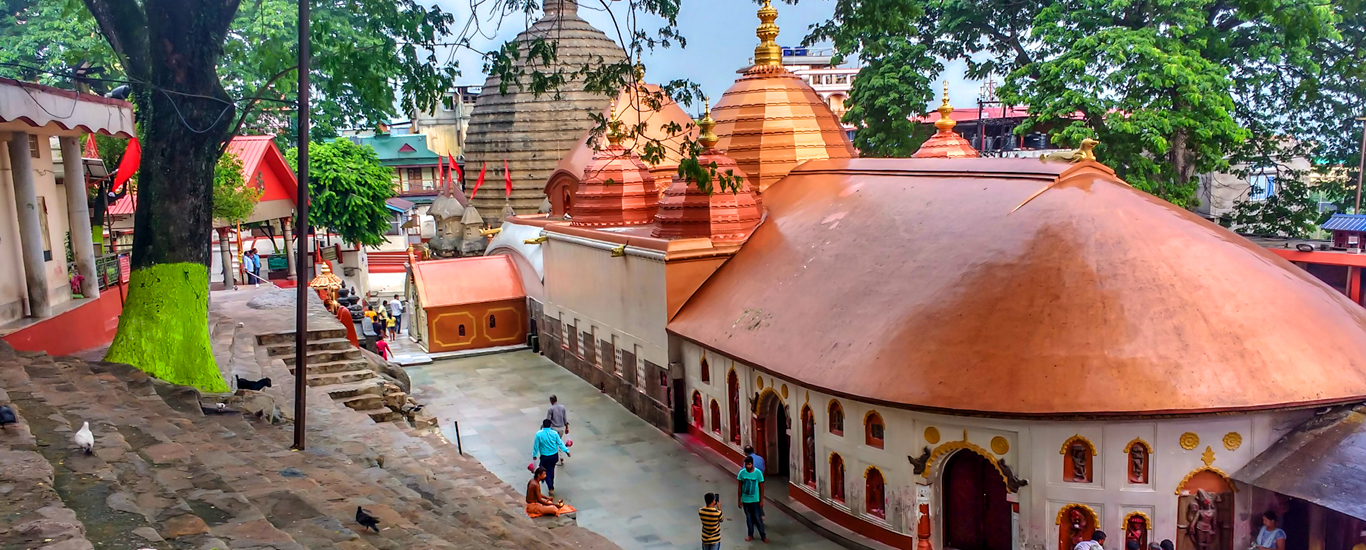Ramappa Temple -Ancient Indian engineering wonder – Incredible India
Kakatiya Rudreshwar Temple, more admiringly known as the Ramappa temple, was carved way back in the 13th century. Nothing to be astonished that the 800-year-old monument in Telangana has now been listed as a Unesco World Heritage Site, the 39th in India
As per the United Nations Educational, Scientific and Cultural Organization (Unesco), a monument gets honored as a heritage site when it has an “outstanding universal value and represents a masterpiece of human creative genius.”
This temple is situated in Palampet village in Mulugu district, which is almost 230 kms away from Hyderabad. The developer, Recherla Rudrayya, accepted that and had a warning listed on the temple itself for his foes. “I can be an enemy to anyone. But, not this temple. Do not destroy it,” it said.
Its age of more than 800 years shows, but the older the temple is the more curious you get to discover its beauty. The Ramappa temple is a treasure trove of intricate carvings.
Many figures decorate the temple on all sides, each striking, peculiar, fascinating. Ramappa took 40 years to complete the temple dedicated to Lord Shiva. The distinct looking walls in Ramappa temple are well treated with broad and narrow pillars in red sandstone. The temple has a foundation in the shape of a star. That is the reason maybe historians call it the brightest star in the galaxy of medieval temples.
When it comes to miniature paintings there is no one who can compete with kakatiyas, at least in the south. For all the structures that they have created, they have used sand technology for the foundation which is why heavy pillars mainly made of stone has sunk in. their idea was that the sand technology could help keep the climate cool inside the temple.
These are some of the main attractions of Ramappa temple which makes it different from others
Thank you, elephants !
526 elephants (adding up to 13, the significance of which is explained above), are carved on the outer walls of the temple which is one of the main attractions there. The startling fact is that every elephant has a different posture. This was done to recognize the contribution of elephants in building the temple and fetching the granite stone. The elephants are faced clockwise, demonstrating the ritual of Hindus walking in that direction around a shrine.
Optical illusion
In the temple there is a carving of three dancers in the middle but there are only four legs. If one of the bodies of the middle dancer is closed, you can see two girls dancing. While closing the bodies of the girls on either side, the middle legs become the legs of the dancer in between.
Egyptian and Persian carvings
The statues carved in sandstone all over the temple highlights Persian men, Egyptian Pharaohs during the 13th century, among others, indicating the trade relations that Kakatiyas had with these countries. Several sculptures of Jains and Buddhists were also found.
Musical pillars
The sculpture of Lord Krishna is found in a pillar. He has been found in a situation of him sitting on a tree playing his flute denoting the mythological tale of Gopika Vastrapaharanam. By tapping the sculpture of the lord Saptaswaras (Sa Ri Ga Ma Pa Da Ni Sa) can be heard.
Warding off the evil eye
A section of the main pillar inside the sanctorum is a little cracked. The sculptures are mislaid. Indeed, the part also has a small dent to it. As per the locals sculptor Ramappa purposefully left the blank space to remove the evil eye.
Rocks that float in water
It was known that this temple bore a lot of earthquakes and temples which were built after it were turned into ruins. This temple due to its unique engineering has been standing stable. As expected of the stone structures, the temple pillars were fairly bent, but not broken. To know the secret of the strength of the temple, experts of the Archaeological Department cut a piece of stone and were shocked by the discovery. For temple construction, the stones used were so light that when it was put in water, instead of sinking in water, it floated. “The lightweight or floating bricks’ density is 0.9 gms/cc whereas the density of water is 1 gm/cc. Those bricks are lighter than water. Hence, they float on water. The bricks used nowadays measure 2.2 gms/cc in density,”says IAS officer BV Papa Rao, who headed the project Geo Technology Appraisal and Evaluation of Kakatiya Monuments in the 80s.
Functional rainwater drainage system
The temple has a functional rainwater drainage system, it is known that underground water drainage from the temple loads the lake close known as the Ramappa Lake. Back in the day, this was common. An identical rainwater harvesting system can be seen in Meenakshi temple.
Earthquake resistance
To keep the temple earthquake resistant, the foundation was built with the technology of sandbox. To the Kakatiya dynasty, this technique was quite unique and was used by Kakatiya rulers for construction of the famous Ramappa Temple and the Thousand Pillar Temple in Warangal. These 2 temples have stayed unchanged by the seismic disturbances for hundreds of years, now stand evidence to the success of that technique. Mixture of sand lime, jaggery (for binding) and karakkaya (black myrobalan fruit) was added inside a 3-meter-deep foundation pit, before the building’s main foundation was developed on these ‘sandboxes’. In case of earthquakes, the sandbox in the foundation acts as a cushion. The vibrations which occur by the earthquake lose their power as it passes through the sand, and by the time vibrations get to the actual foundation of the building they die down.
The beauty of stone
The blending of the red sandstones and black basalt stones gives an attraction to the temple. One can still see their reflection in them as tough Black basalt is so well polished that after 800 years it still remains beautiful. Appealingly the sculptures here depict the women wearing heels. The complex designs on the ceiling and the thin threaded holes in the stones are an evidence of use of sophisticated technology.


